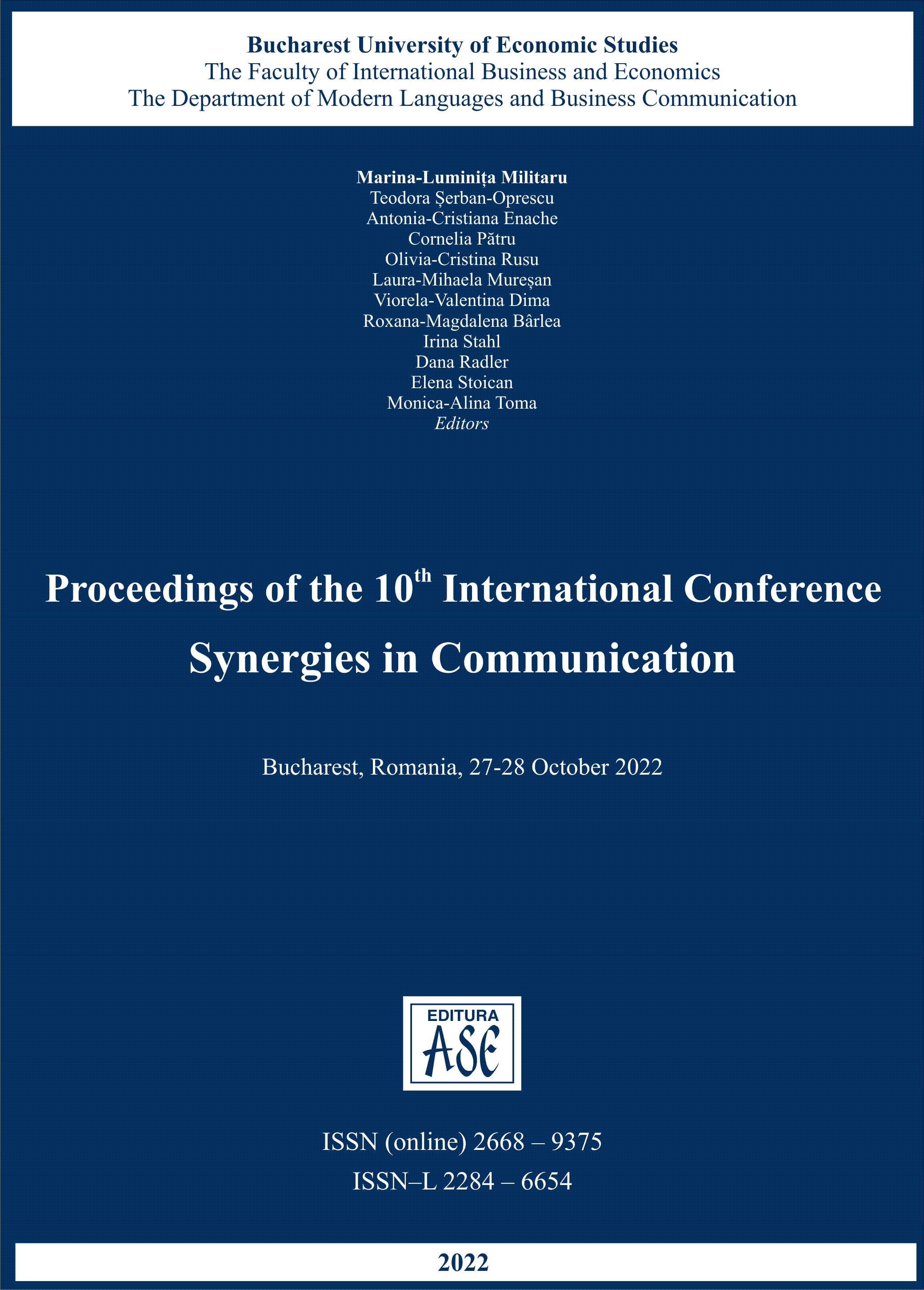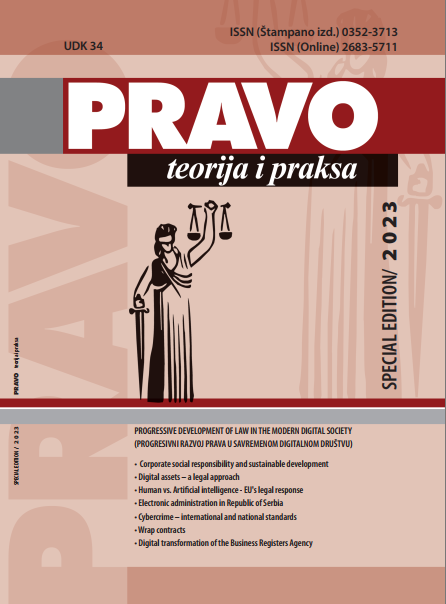
DEVELOPING STUDENTS’ (SELF-) EVALUATION SKILLS. A CASE STUDY ON APPLIED MODERN LANGUAGE STUDENTS IN ROMANIA
DEVELOPING STUDENTS’ (SELF-) EVALUATION SKILLS. A CASE STUDY ON APPLIED MODERN LANGUAGE STUDENTS IN ROMANIA
Keywords: self-assessment; student (self-) evaluation skills; student exam-taking skills; Applied Modern Languages; Bucharest University of Economic Studies – ASE, Romania;
Against the background of international discussion on the benefits of developing students’ (self-) evaluation skills, the aim of this article is to present the approach undertaken in this respect by a team of academics from the Bucharest University of Economic Studies - ASE, Romania. We present the procedure used to equip Applied Modern Language students with exam-taking skills by familiarizing them not only with exam items, but also with evaluation criteria (standardized by means of an evaluation grid), as well as by raising awareness on the possibility of marking variation function of evaluator subjectivity. The article relies on a corpus-based analysis of student midterm exam answers, as well as evaluation grids used by students for self- and peer assessment. Findings point to the usefulness of the procedure, both as regards students’ final exam performance, and as regards student feedback obtained through class discussion.
More...
